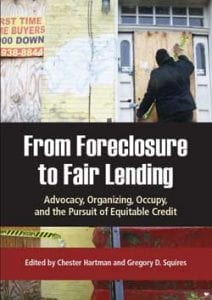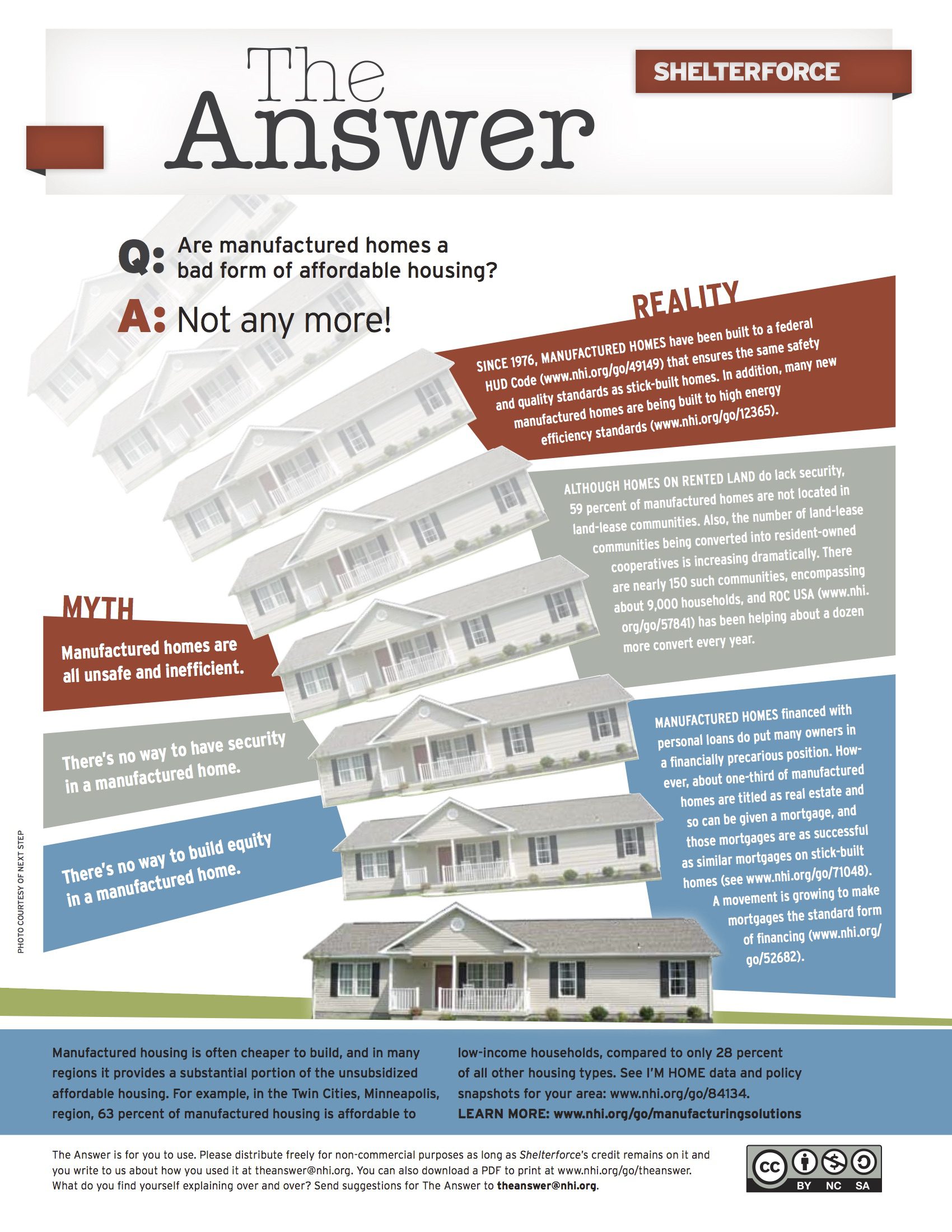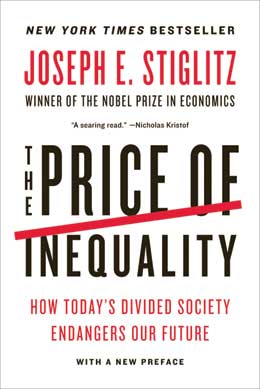
The community reinvestment movement has had many successes. Key federal laws include the 1968 Fair Housing Act and subsequent amendments, Equal Credit Opportunity Act (ECOA), and the Community Reinvestment Act (CRA). These and other statutes put the federal government and many state and local governments, which had been explicitly enforcing discriminatory rules for decades, on the side of fair housing.
In recent years, government agencies have become more active, particularly in response to the foreclosure crises confronting many families and communities. For example, Goldman Sachs and the Securities and Exchange Commission reached a $550 million settlement over charges that the firm had misled investors in a mortgage-backed investment. Bank of America, which bought Countrywide Financial in 2008, reached a $335 million settlement with the Department of Justice (DOJ) in response to Countrywide’s practice of steering Black and Hispanic borrowers to subprime loans while giving better terms to similarly qualified white borrowers. DOJ also reached a $175 million settlement with Wells Fargo, which set aside $125 million in compensation to African-American and Hispanic borrowers who were steered to subprime mortgages or charged higher fees and rates than comparable white borrowers and $50 million for downpayment assistance to borrowers in communities where DOJ identified large numbers of discrimination victims. There have been several other settlements involving Citibank, Barclays, and other lenders.
More significantly, DOJ and the U.S. Department of Housing and Urban Development (HUD), along with 49 state attorneys general, announced a $25 billion agreement with five of the nation’s largest mortgage servicers: Bank of America Corporation, JPMorgan Chase & Co., Wells Fargo & Company, Citigroup Inc., and Ally Financial Inc. The settlement involves payment of $20 million to mortgage borrowers and $5 million to federal and state agencies in response to past abuses in the servicing of borrowers, including robo-signing, improper documentation, and lost paperwork. President Obama also appointed a Residential Mortgage-Backed Securities Working Group to investigate wrongful securitization and other fraudulent mortgage-related practices. But it is generally recognized that all these initiatives are not sufficient to address the wide range of illegal activities and other challenges posed by the financial crisis, as well as related fair housing and fair lending barriers. Tom Perez, assistant attorney general for civil rights, acknowledged in the spring of 2012 that while his office has accomplished a lot, there is a lot more to do.
For example, NFHA (the National Fair Housing Alliance) has estimated that there are approximately 4 million incidents of housing discrimination that occur each year, but just over 27,000 complaints were filed with fair housing enforcement agencies in 2011. Among borrowers who received loans between 2004 and 2008, 11 percent of African Americans and 14 percent of Hispanics have lost their homes compared to 8 percent of Asians and 6 percent of non-Hispanic whites. While levels of segregation have been reduced modestly since the 1970s, Black/white segregation in those large cities where the Black population is highly concentrated (e.g., New York City, Chicago, Detroit, Cleveland, Milwaukee) persists and still amounts to what Douglas Massey and Nancy Denton referred to as hypersegregation in their classic book American Apartheid. To illustrate, in 2010 the typical white resident lived in a neighborhood that was 75 percent white, compared to 35 percent for the typical Black resident—approximately the same share of white neighbors that Black families had in 1940. At the same time, Hispanic and Asian segregation has not been reduced. Noting the persistence of housing discrimination despite increased enforcement efforts, Robert Schwemm, one of the nation’s leading fair housing legal scholars, recently asserted, “Something new must be tried.”
Here is where Occupy Wall Street comes in. In November 2011, thousands of Occupy Oakland protesters marched through downtown, picketed banks, and “visited” the port, effectively shutting it down. Hundreds of protesters moved into the lobbies of five Atlanta branches of JPMorgan Chase & Co., shutting down their operations for a day in March 2012. Over 1,000 protesters rallied outside a Wells Fargo stockholders meeting in April 2012. Thirty of them gained entry to the meeting, demanding changes in some of the bank’s investment practices, and approximately a dozen of them were arrested. Similar actions have followed in cities across the country. A 65-year-old woman lay down on the floor of the Bank of New York Mellon Trust Company, refusing to leave until the bank agreed to renegotiate her eviction. She was able to stay in her home. A 78-year-old woman occupied her home in Nashville and, along with neighborhood support, was able to stop Chase’s eviction. Front lawn occupations in San Diego and Los Angeles saved the homes of two families. Occupiers blocked these home auctions via two related actions; first by singing in a courtroom and second by moving furniture into a Bank of America branch, claiming that the $230 billion bailout taxpayers provided gave them the right to fight the eviction and to live inside the bank itself. Violence has occasionally broken out. Students at the University of California-Davis were pepper-sprayed, a Marine veteran in Oakland was shot, and other incidents have been reported. And some arrests have been made—a total of 7,435 in 120 cities during Occupy’s first year, according to OccupyArrests.com. But this has been a generally peaceful protest movement.
[RELATED ARTICLE: Happy Birthday Occupy!]
The Occupy movement has already changed national attitudes and political debates. As Joseph E. Stiglitz, Columbia University Nobel Prize-winning economist concluded, “these young protesters have already altered public discourse and the consciousness of ordinary citizens and politicians alike.”
Many still ask what the Occupy protesters want. In responding to the demands for demands, New York Times columnist and Nobel laureate in economics Paul Krugman observed, “It’s clear what kinds of things the Occupy Wall Street demonstrators want, and it’s really the job of policy intellectuals and politicians to fill in the details.” Todd Gitlin, professor of journalism and sociology at Columbia University and co-founder of Students for a Democratic Society, observed that the Occupy movement has created an environment that will make it easier for those intellectuals and politicians, along with unions, civil rights groups, non-profit advocacy groups and others to push their specific demands and achieve their goals. One of their critical messages is to call on all of us to remember and re-embrace many of the tactics, demands, and values of the civil rights movement generally and in particular those that led to Gale Cincotta’s triumphs over housing and housing finance industries. In their capacity as policy intellectuals as well as citizens, they may well be leading a new wave in fair housing activism and achievement.





Comments